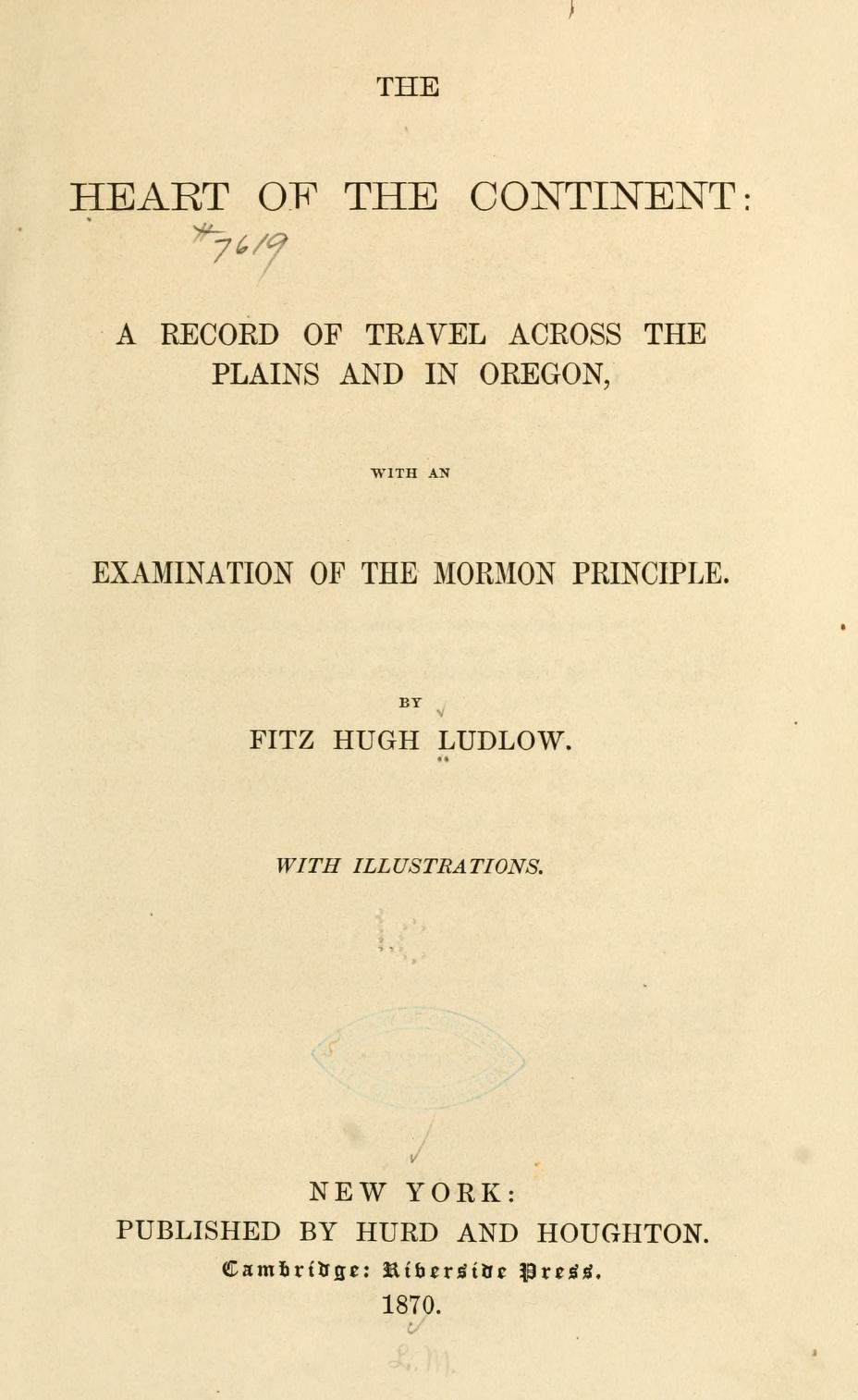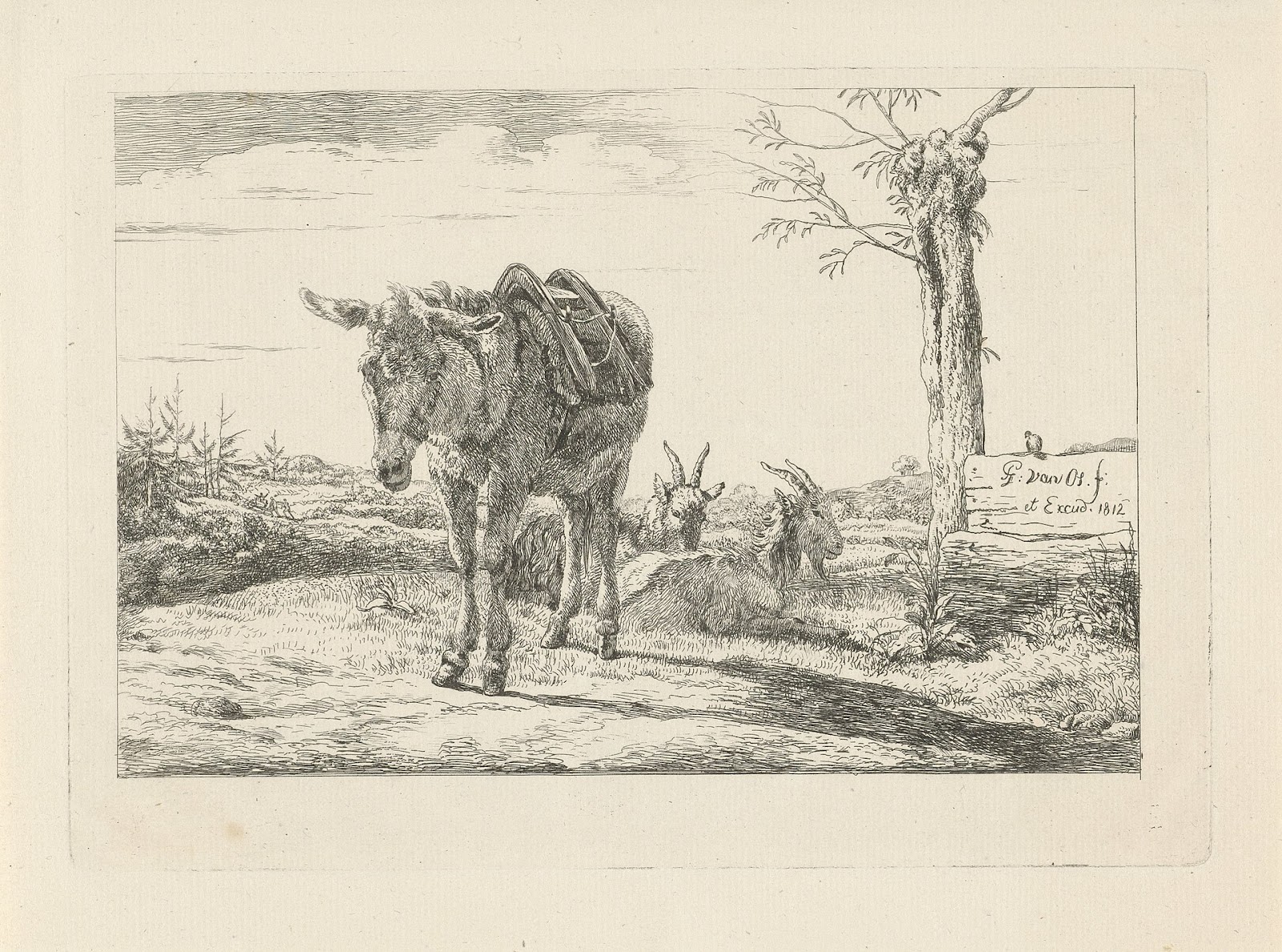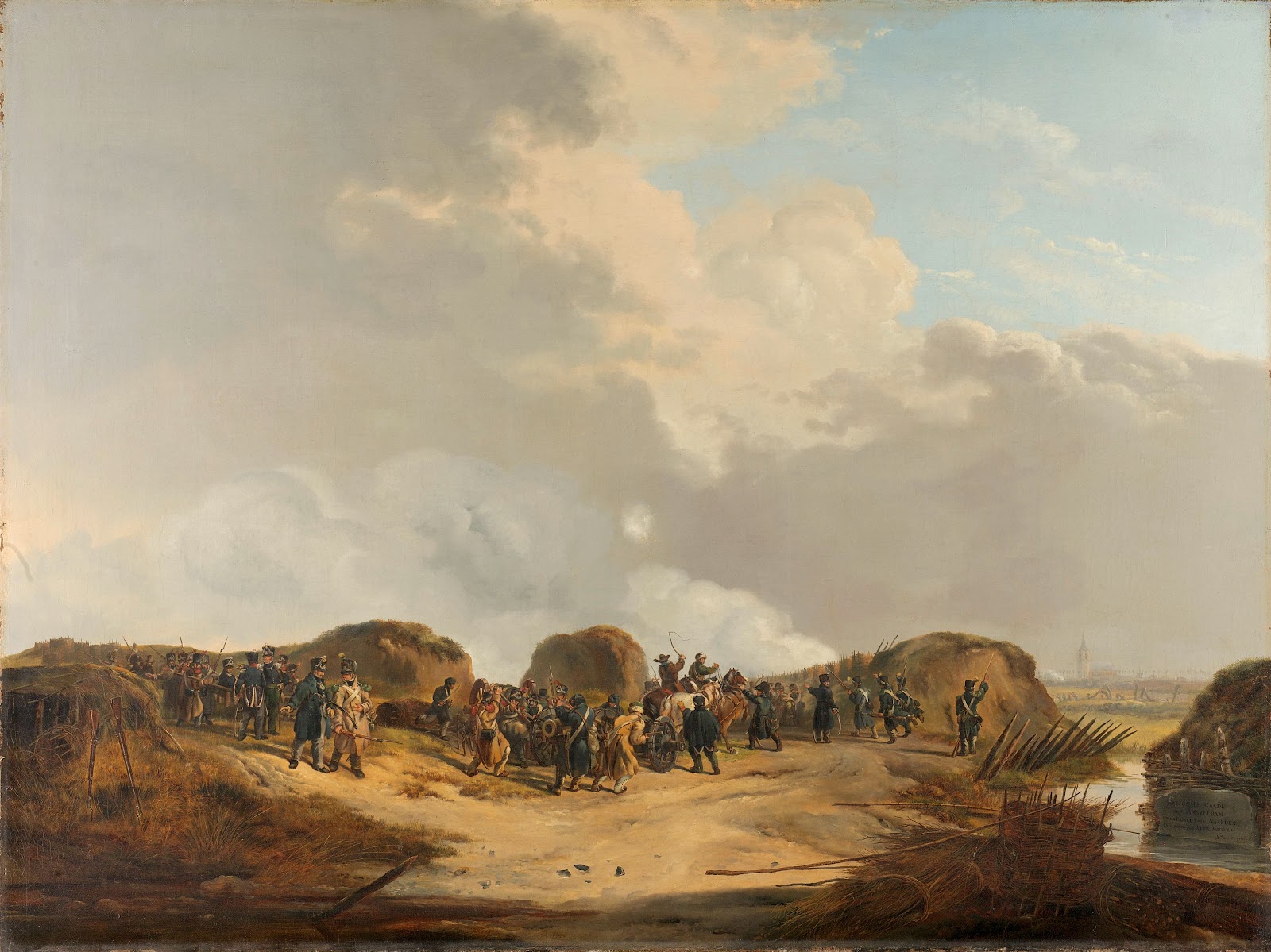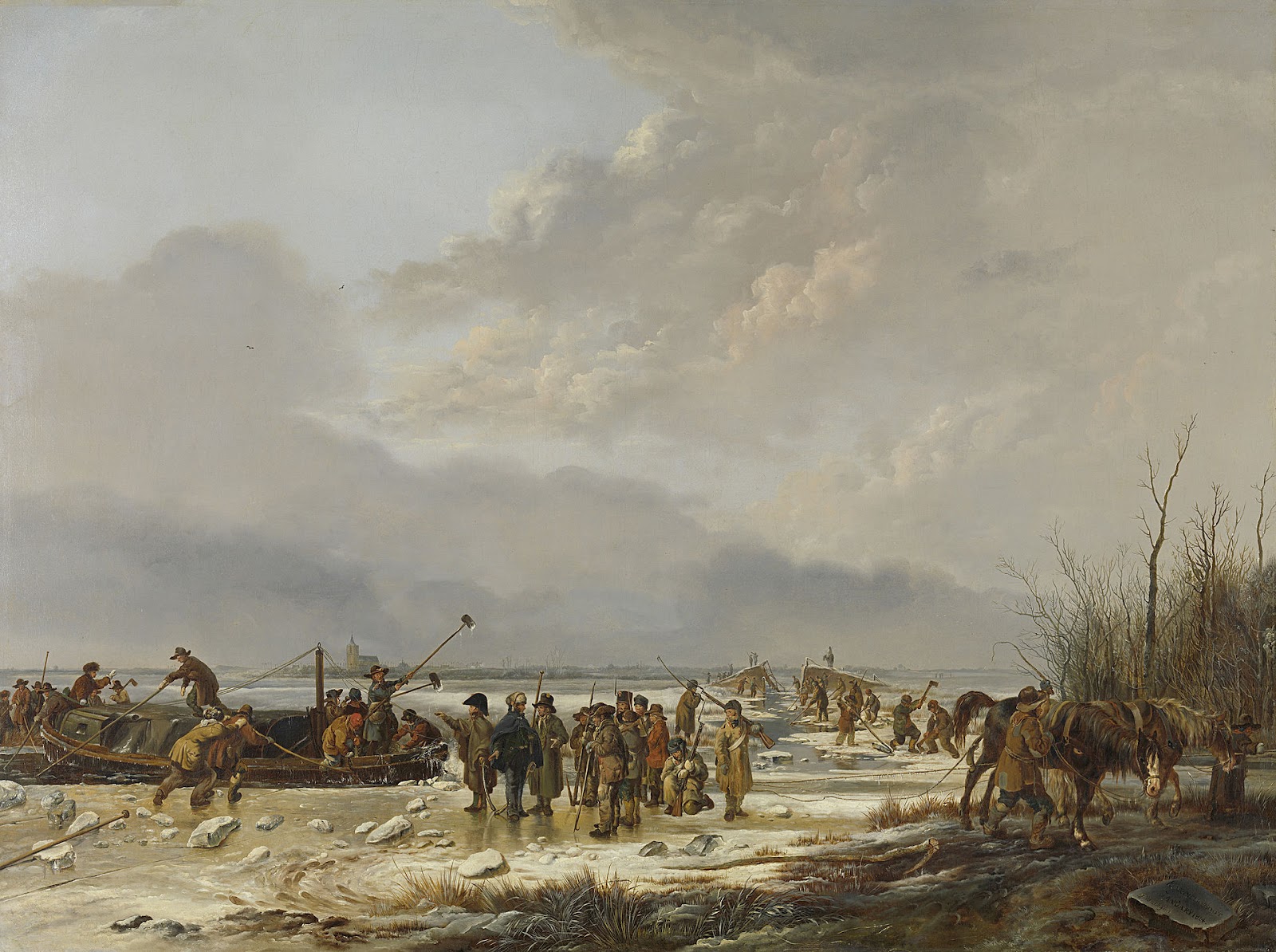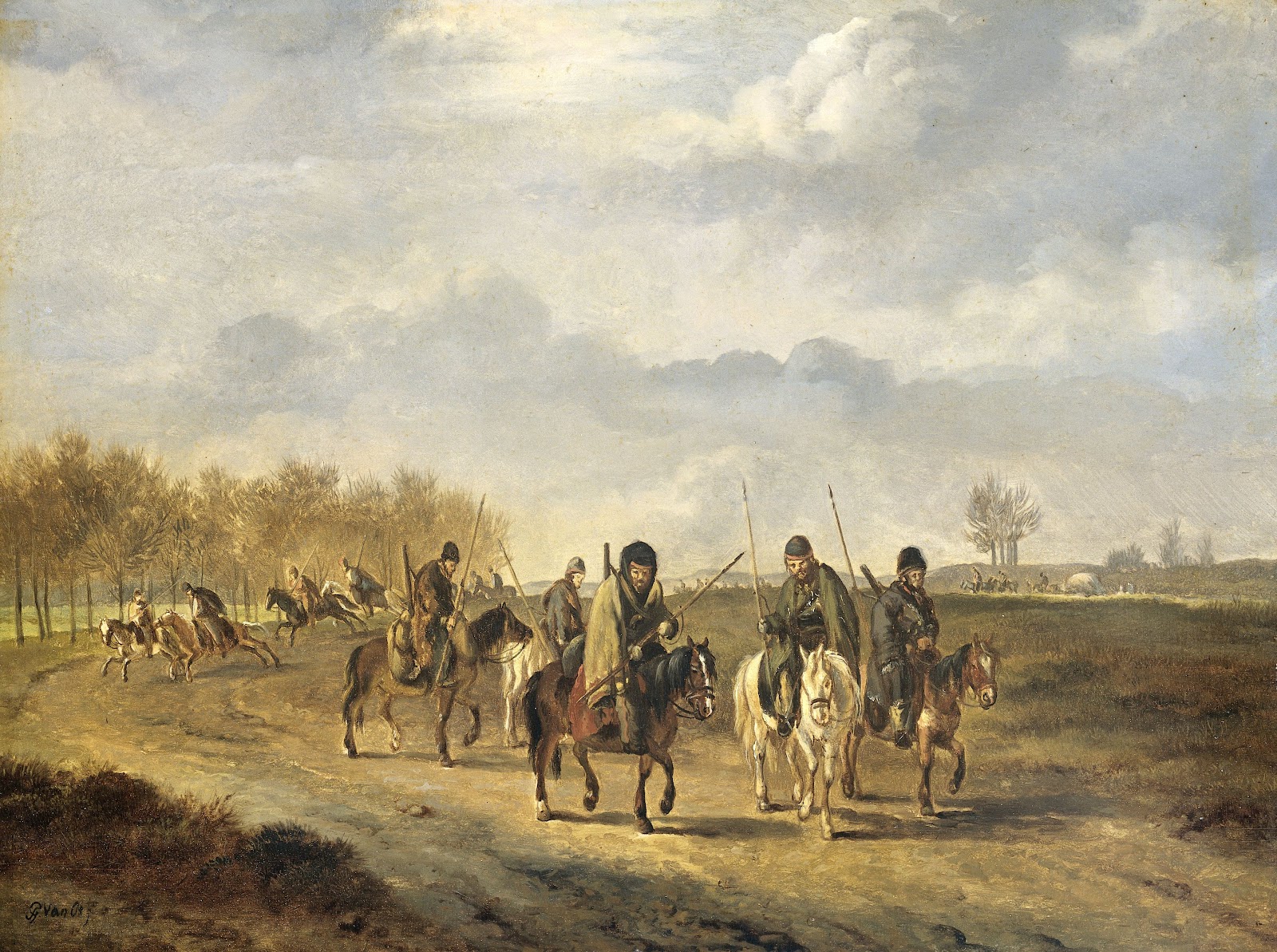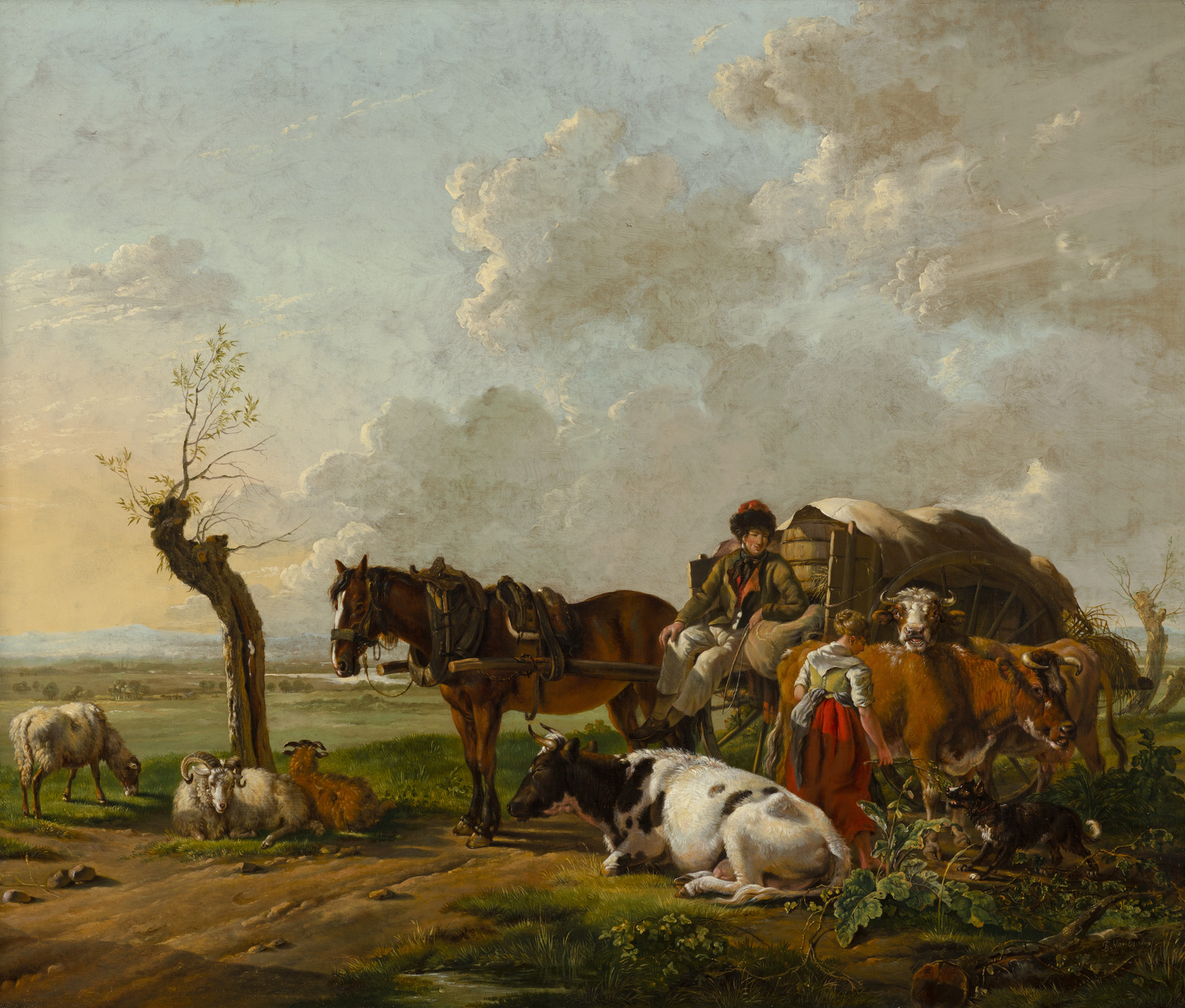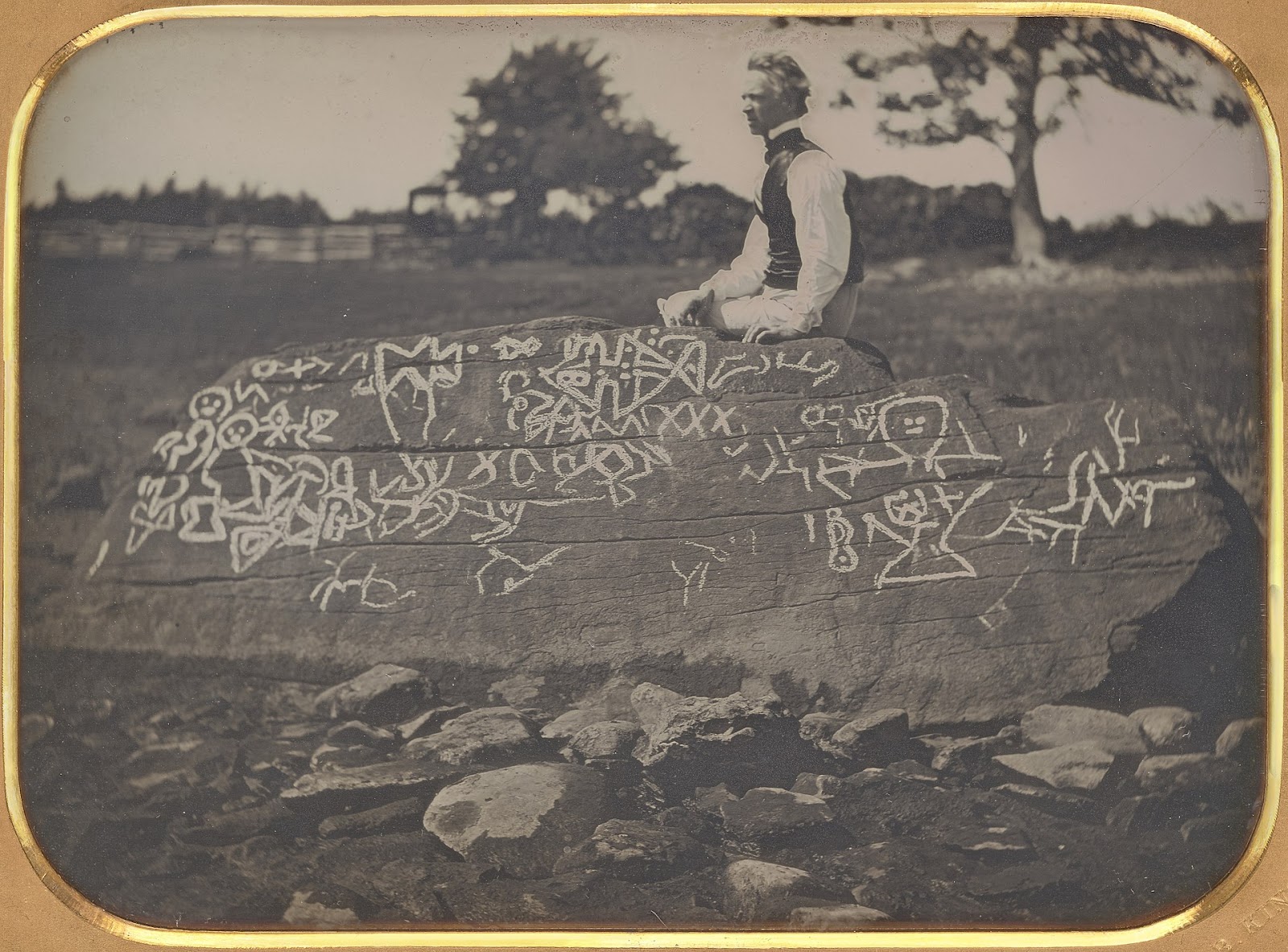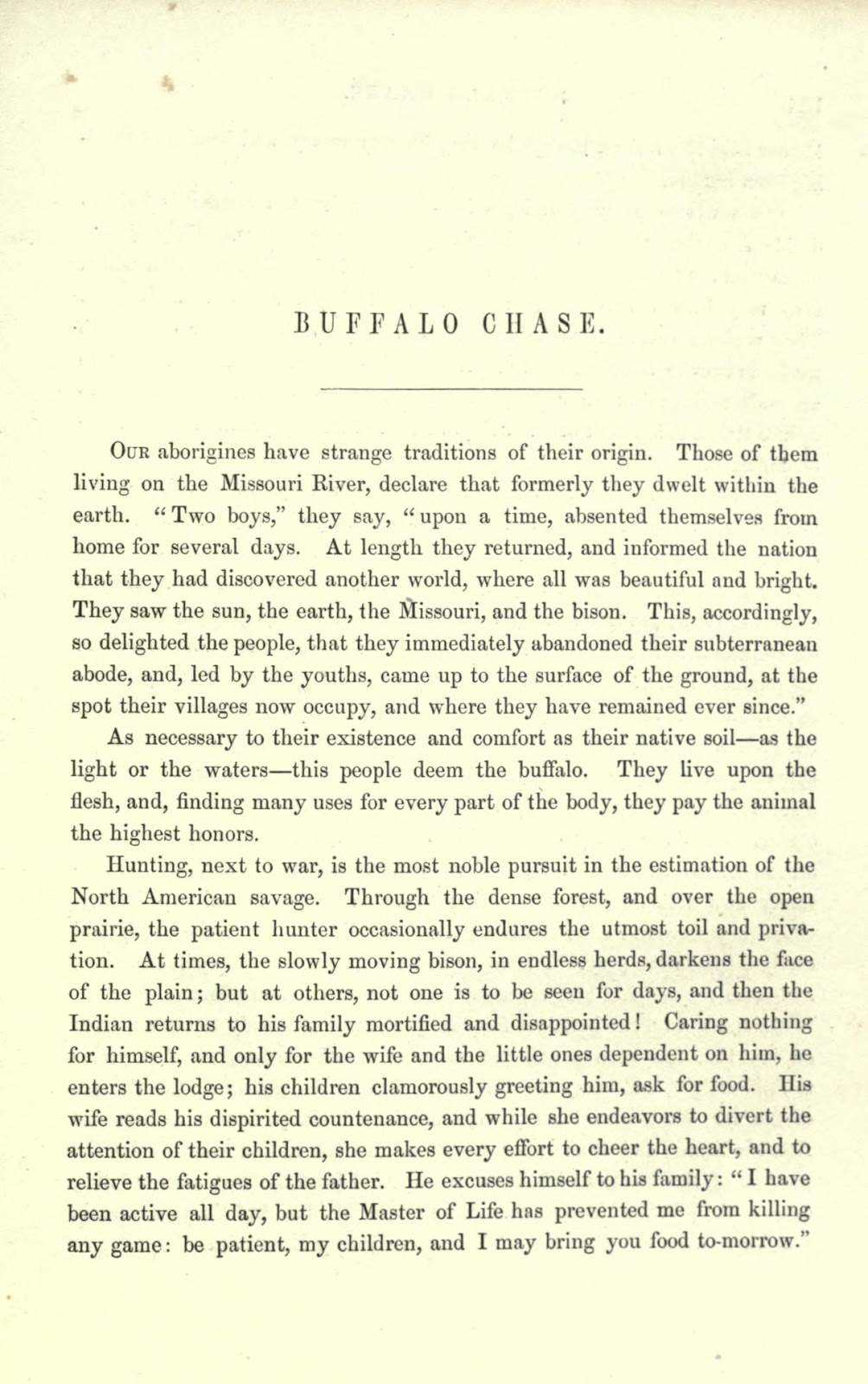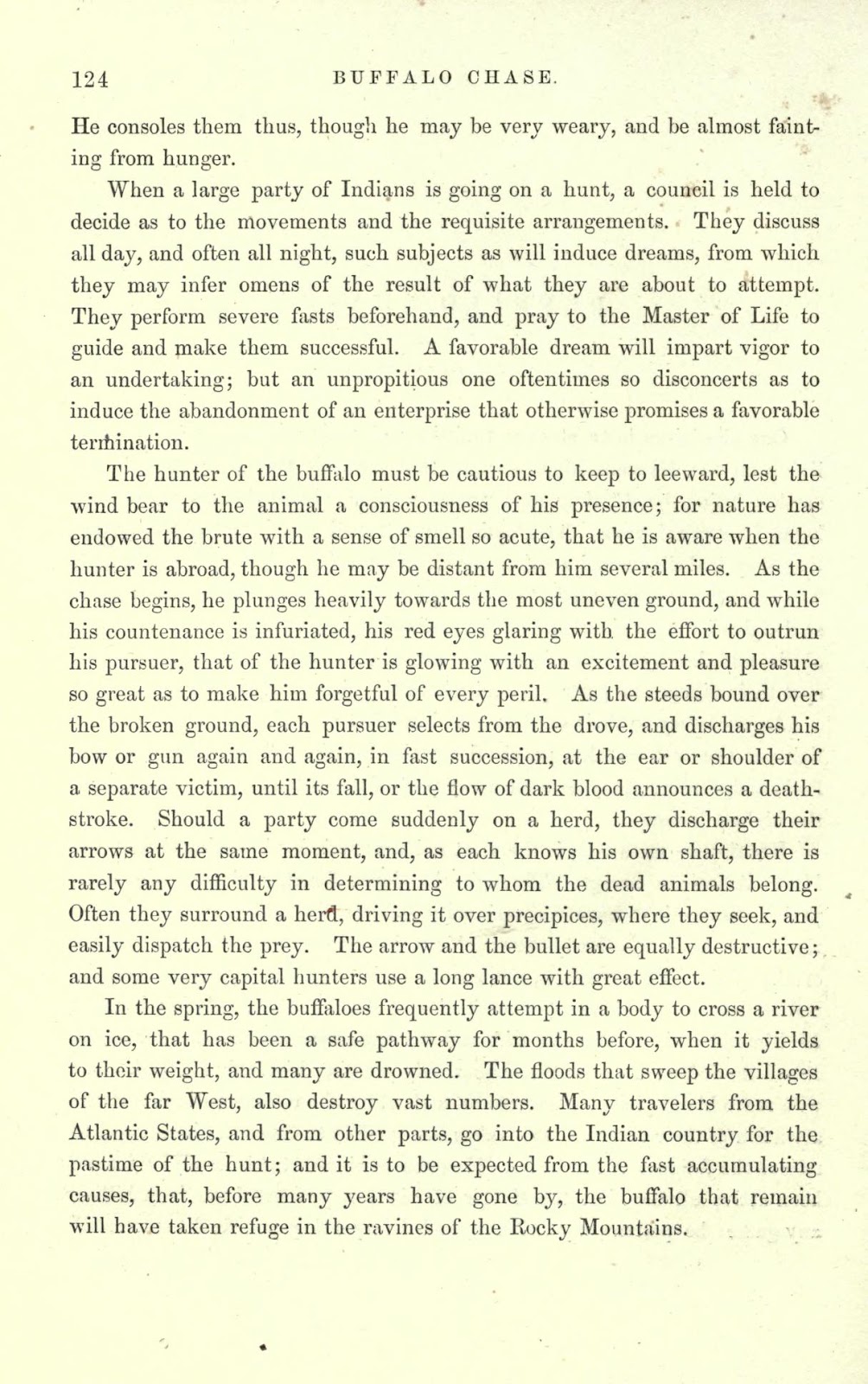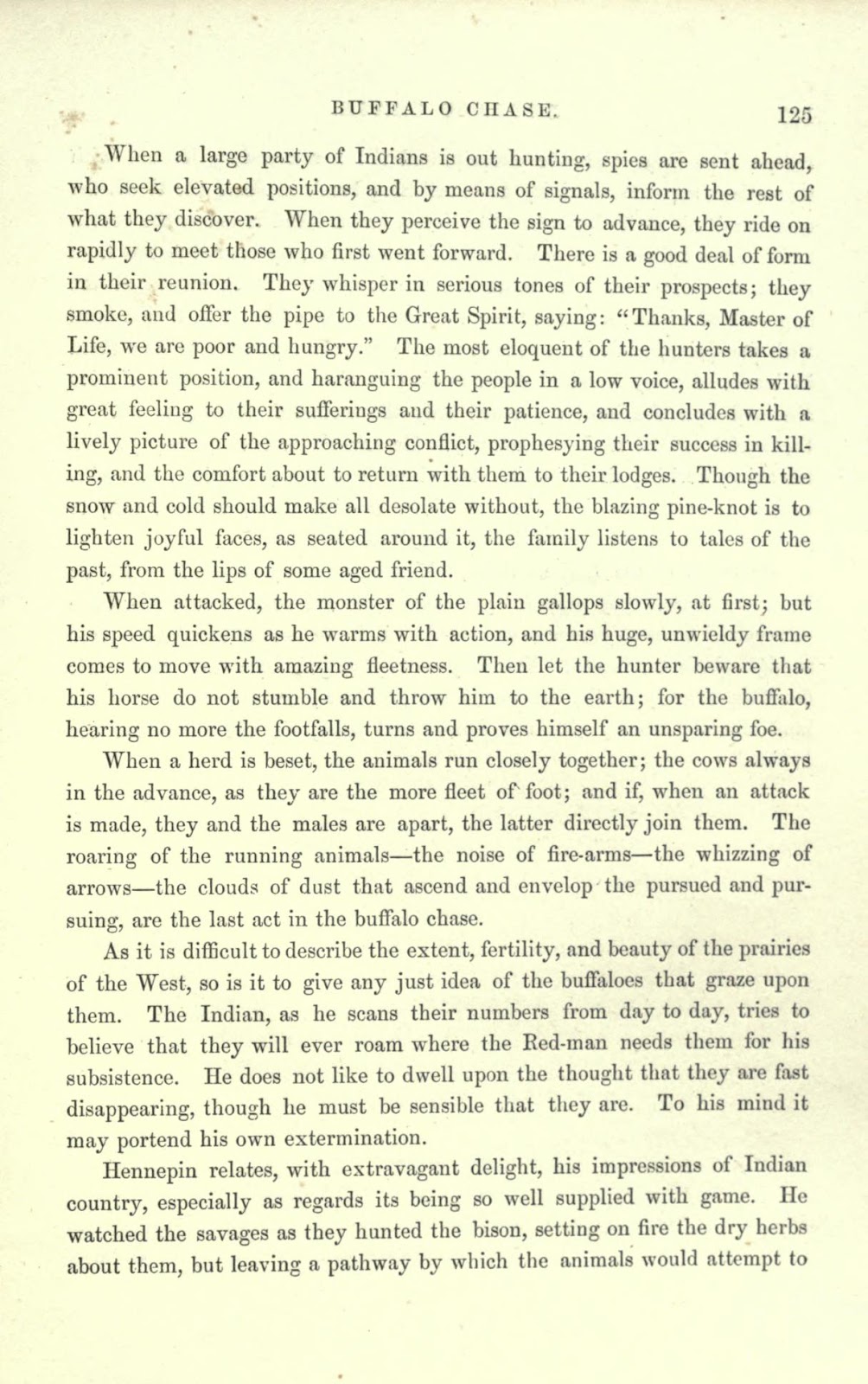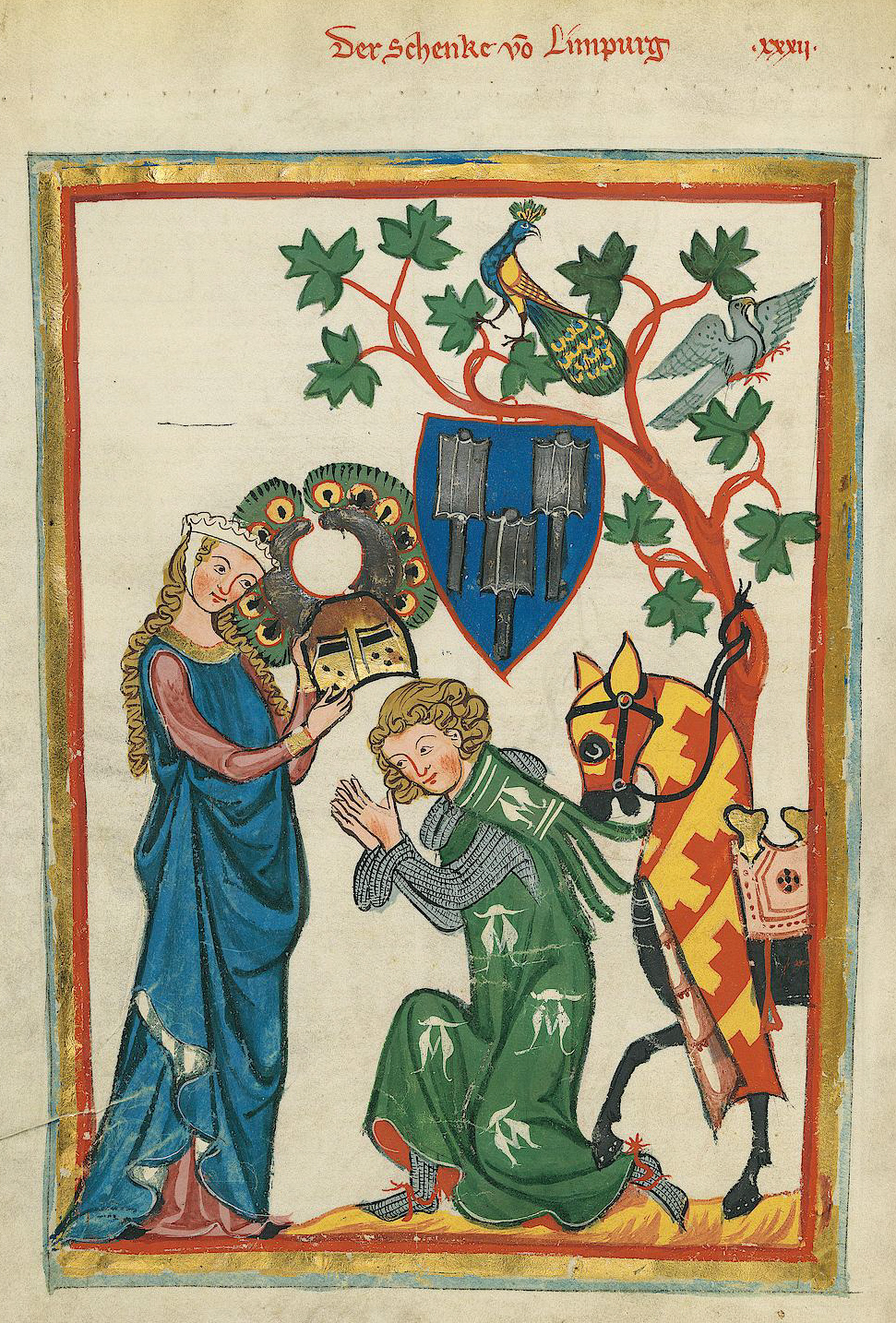Salvete Omnes,
 |
| travois in this print from Fitz' book |
a quick lope into the Kansas and Colorado Great Plains of the post-1868 war ( battles of Washita and Summit Springs), our witness to the life of the Plains people, the Arapahoes and their horses, was Fitz Hugh Ludlow .
Fitz of New York, was a writer and traveler who made a long trip across the Plains & the Rockies to California* and Oregon -his recollections of this journey - titled The Heart of the Continent - was published in New York in 1870, the year he died.
While his observation on the American Indian women and men, especially the Arapahoes in this chapter taking place near South Platter River, are far from flattering, his short description of the horses can be of interest.
This period, post 1868 on the Plains was the waning of the free roaming tribes and their pursuit of bison, as they have been ravaged by diseases and loss of good hunting and really the way of life. Fitz pointed to one aspect of the Plains Indians' approach to horses, namely, that the horses and their riders seemed to communicate by touch and understanding.
Photos by William S. Soule, circa 1870s
*Fitz will be back with his depiction of antelopes, bison and horses and horsetack in California
Valete

